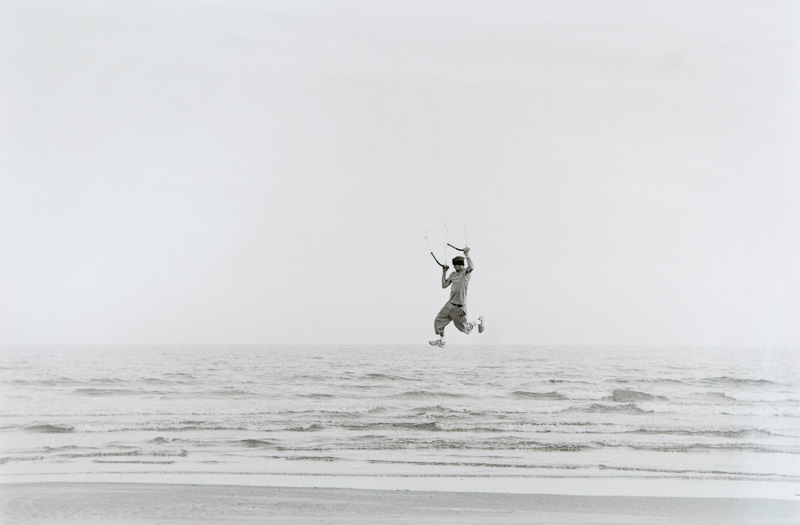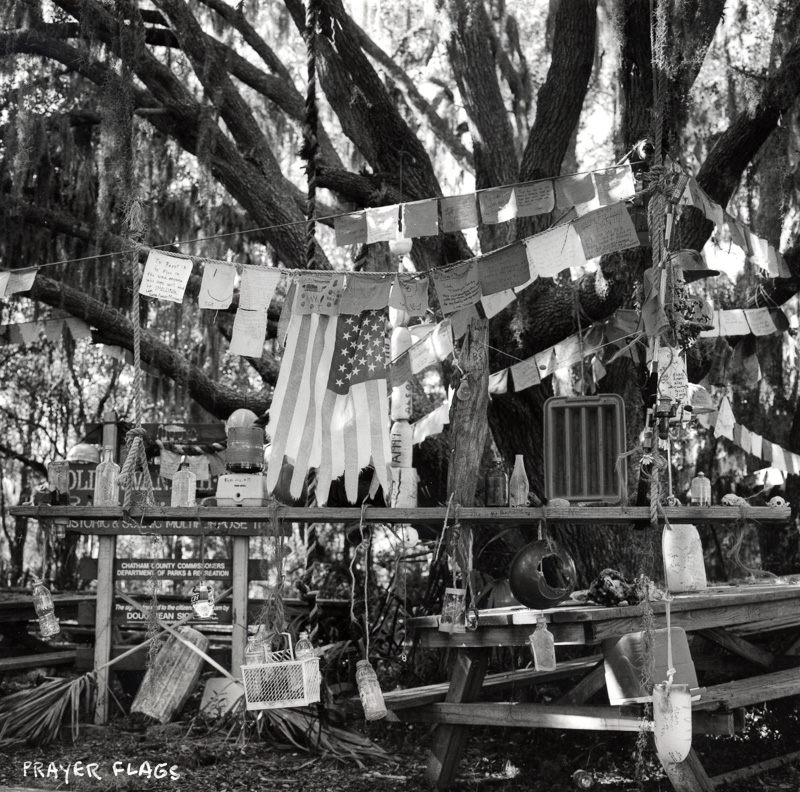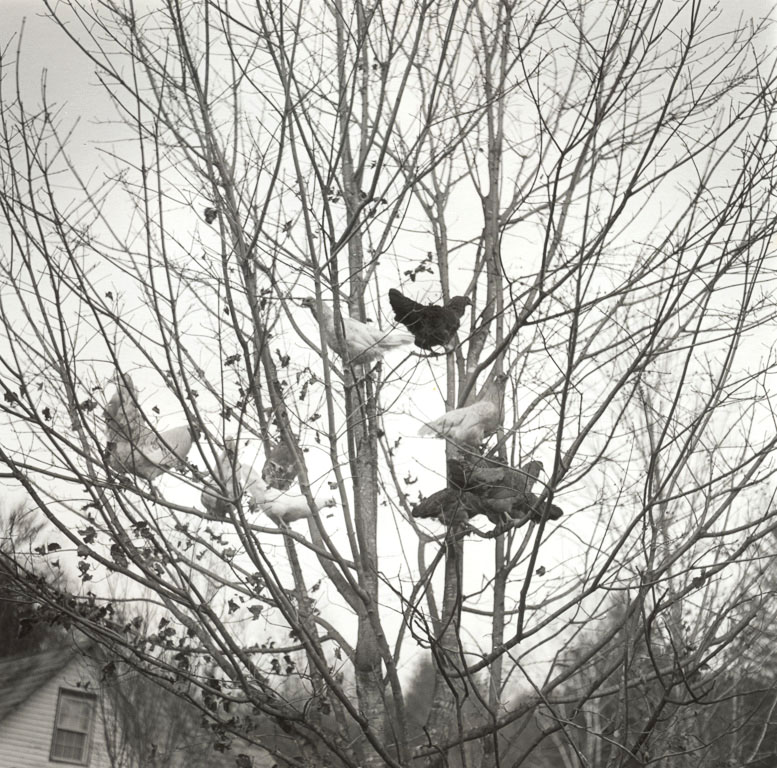
Photography is alive and well at Penland—all kinds of photography. Photography dates back to 1839 and, in the years since then, it has undergone repeated technical evolution, beginning with daguerreotypes and early paper processes and ending up with today’s digital technologies. Along the way, many fascinating and beautiful methods of image-making have come and not quite gone. Not quite, because artists and craftspeople are in the habit of taking an out-of-date technology (like the potter’s wheel or the letterpress) and adopting it for purely creative purposes.
This is exactly what’s happened in photography, and Penland’s photo workshops cover almost every kind of photography that has ever been practiced: salt printing, cyanotype, platinum, color processes, digital processes, and, of course, gelatin silver photography. What is gelatin silver, you might ask? That’s the technical name for black-and-white darkroom photography, which dominated both art and commercial photography during much of the twentieth century. It’s the kind of photography people used to do in their basements using their dad’s camera. It’s the kind of photography that used to be part of high school and college art programs. The profession of photojournalism and the photography collection of the Museum of Modern Art were built on gelatin silver photography.
If you’ve always wanted to explore the potential of these materials or you are nostalgic for that little darkroom you used to have in your bathroom, or if you are a photographer interested in trying out some different ways of working, we have a one-week workshop this spring that may just be for you: Black-and-White Photorama with Robin Dreyer March 27 – April 2.

Robin has been Penland’s communications manager for twenty years, and for much of that time he’s been the school’s main photographer. Although today he makes pictures for the school using digital cameras and a computer, he shot a lot of Penland’s earlier promotional photographs on black-and-white film and printed them in his darkroom. Black and white was his first photographic love, and he’s never lost that interest. His silver gelatin photographs have been shown in galleries in Asheville, Durham, Greensboro, Raleigh, Atlanta, and New York City. One of his prints won Best in Show at The Art of the Auction, a juried show/auction at the North Carolina Museum of Art. He’s taught two previous Penland workshops and is looking forward to sharing his enthusiasm for this still-great method of making pictures.
“It’s kind of cliché,” Robin says, “but darkroom photography can be magical. You imagine something as you take the picture, you have some meditative time processing the film, and somehow these strange, translucent, negative images appear on your film. Then you take that film into this room, dimly lit in orange, that has cool optical devices and trays full of liquids, and, after a little fussing, you stand and watch a picture emerge on an apparently blank piece of paper. Often it’s not quite what you were imagining when you pressed the shutter; sometimes it’s much better.”

“My idea for this class,” he continued, “is to streamline the technical parts as much as possible so we can focus on the excitement of creating gelatin silver pictures. We’ll make our own pinhole cameras from tin cans to get grounded in the basics of the process. We’ll use them to make paper negatives and positives. Then we’ll expose film negatives using large-format cameras and plastic cameras. Large-format cameras can be intimidating, but they aren’t that hard to use, and the results can be amazing. Plastic cameras are quite easy to use; they give you very little control, and the results tend to be surprising and sometimes great. So we’ll get negatives a few different ways.
“With those negatives, we’ll make beautiful prints using Penland’s excellent enlargers. At the end of the week, everyone will have a little portfolio of new images—maybe wonderful, maybe weird—along with a deeper understanding of photography, black and white materials, and the mysteries of light and time.”
More information about Black-and-White Photorama with Robin Dreyer (March 27 – April 2)
Register for Black-and-White Photorama





